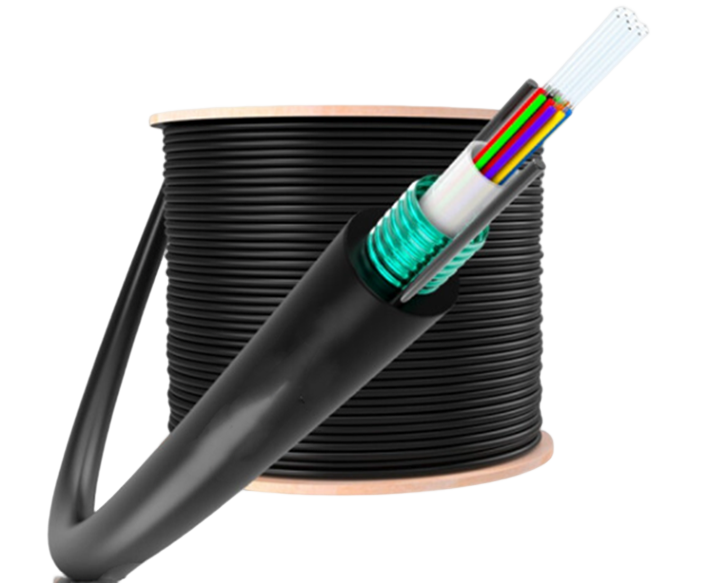Coutact Us
Whatsapp:+8618075108880
Email:info@ec-fibercable.com
Time:2023-05-30 16:18:31
Indoor optical cables are used for data transmission within buildings, such as offices, factories, and data centers. These cables have a number of features and advantages that make them ideal for indoor applications. In this article, we will discuss the features and advantages of indoor optical cables.
Features of Indoor Optical Cables
Small Diameter: Indoor optical cables have a small diameter, which makes them easy to install in tight spaces. They can be run along walls, under carpets, and through conduit, making them ideal for use in office and commercial buildings.
Light Weight: Indoor optical cables are lightweight, which makes them easy to handle and install. They can be easily moved and repositioned without the need for heavy lifting equipment.
Flame Retardant: Indoor optical cables are often made with flame-retardant materials that meet industry standards for safety. This ensures that the cables will not pose a fire hazard in the event of a fire.
High Bandwidth: Indoor optical cables have a high bandwidth, which makes them ideal for transmitting large amounts of data over short distances. They can support data rates of up to 10 Gbps and higher.
Low Attenuation: Indoor optical cables have low attenuation, which means that the signal loss is minimal over the length of the cable. This ensures that the signal quality remains high, even over long distances.

Advantages of Indoor Optical Cables
High-Speed Data Transmission: Indoor optical cables are capable of transmitting data at high speeds over short distances. This makes them ideal for use in data centers, where high-speed data transmission is critical.
Immunity to Electromagnetic Interference: Indoor optical cables are immune to electromagnetic interference, which makes them ideal for use in environments where there are high levels of electromagnetic interference, such as factories and industrial settings.
Secure Data Transmission: Indoor optical cables provide a secure means of transmitting data. Unlike copper cables, optical fibers do not emit electromagnetic signals, which makes them difficult to tap into or intercept.
Low Maintenance: Indoor optical cables require very little maintenance once they are installed. They do not corrode, rust, or deteriorate over time, which means that they have a longer lifespan than copper cables.
Future-Proofing: Indoor optical cables are future-proof, which means that they are designed to support future upgrades and expansions of the network. This ensures that the network can continue to operate at high speeds and with minimal disruption as new technologies are introduced.
Conclusion
Indoor optical cables are an essential component of high-speed data transmission in indoor environments. They have a number of features and advantages that make them ideal for use in a wide range of applications, including data centers, offices, factories, and other commercial settings. These cables are lightweight, easy to install, and provide a secure means of transmitting data. With their high bandwidth, low attenuation, and immunity to electromagnetic interference, indoor optical cables are the ideal solution for high-speed data transmission in indoor environments.